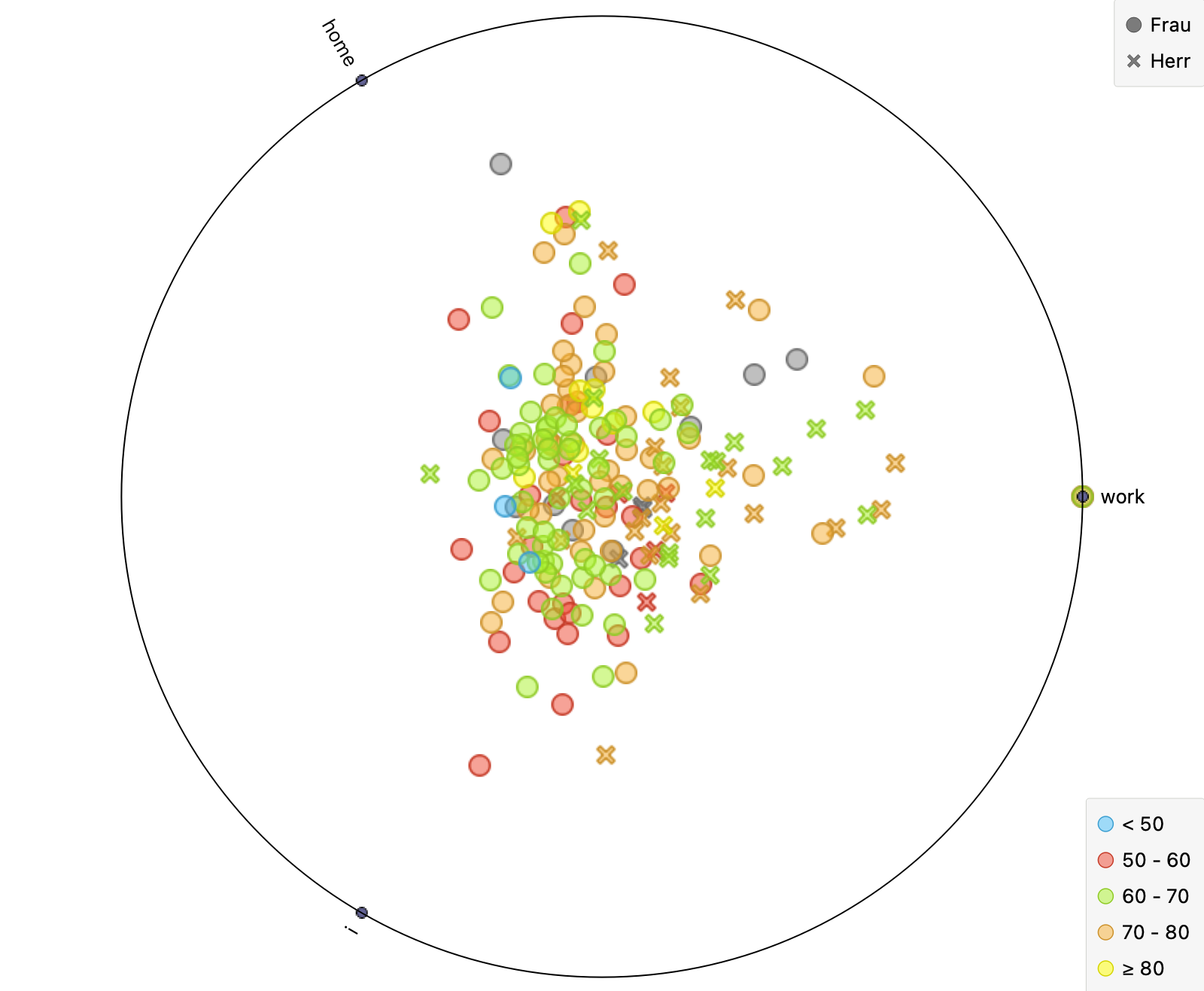Keywords:
coping, writing, LIWC, biography, publication
Project partner:
Prof. Gerhard Lauer
CeDA collaborator:
Rodrigo C. G. Pena
We employ the Linguistic Inquiry and Word Count (LIWC) software, considered the gold standard for research in the field of Language Psychology. It was created by Dr. James W. Pennebaker at the University of Texas, to examine the therapeutic value of writing while capturing linguistic features of text. LIWC uses a dictionary of psychologically meaningful categories to decipher patterns in language use that are indicative of a range of psychological and cognitive states. We may view the output of the LIWC software as a high-dimensional, vector description of a piece of text in terms of psychologically meaningful dimensions.
The following are some associations between social and psychological phenomena and the LIWC variables (Tausczik and Pennebaker 2009):
In (Kowalski, 2000) male participants of the study used more third-personal pronouns when describing an event in which they were being teased than their female counterparts.
In (Holmes et al, 2007), the use of emotion words by women in describing intimate partner violence led to increased experience of physical pain.
Women use more social words and references to others; men use more complex language (Newman, Groom, Handelman & Pennebaker, 2008).
As people age, they become less self-focused, refer more to the moment, and do not decline in verbal complexity (Pennebaker and Stone, 2003)
Use of second-person pronouns ("you") is negatively related to relationship quality (Simmons, Chambles & Gordon, 2008).
People experiencing physical or emotional pain tend to draw attention to themselves and use more first-person singular pronouns (Rude, Gortner & Pennebaker, 2004).
Based on these associations, we sliced our memoir dataset across sex and age to see which LIWC psychological indicators are more discriminating along these slices.
